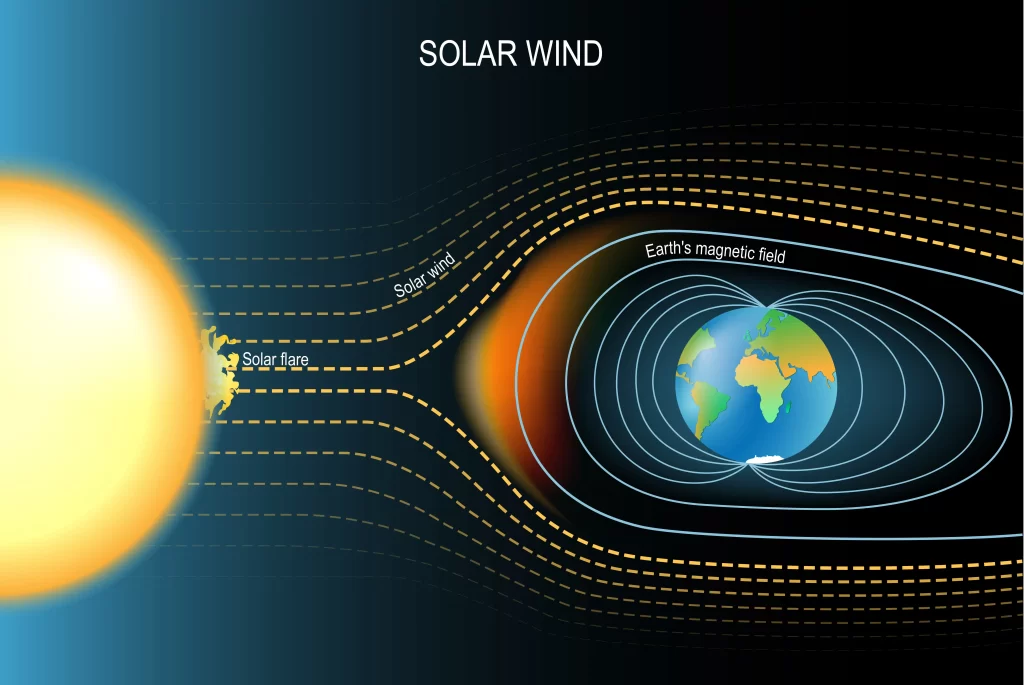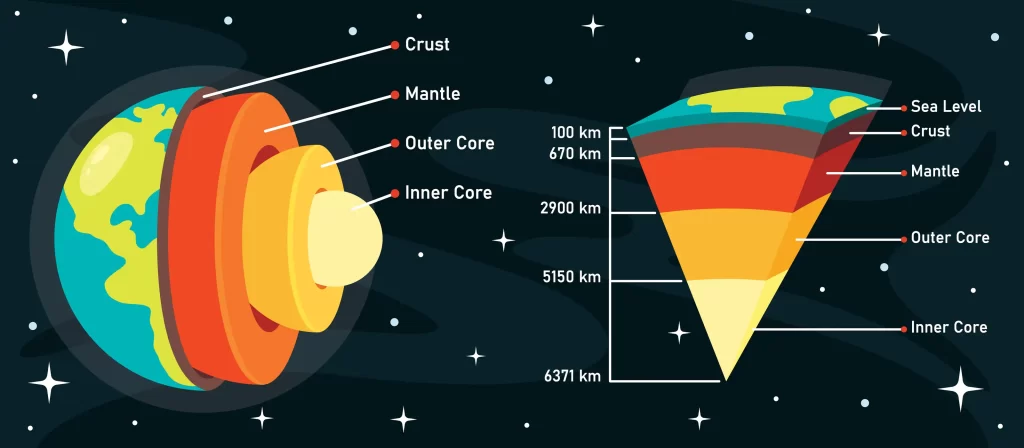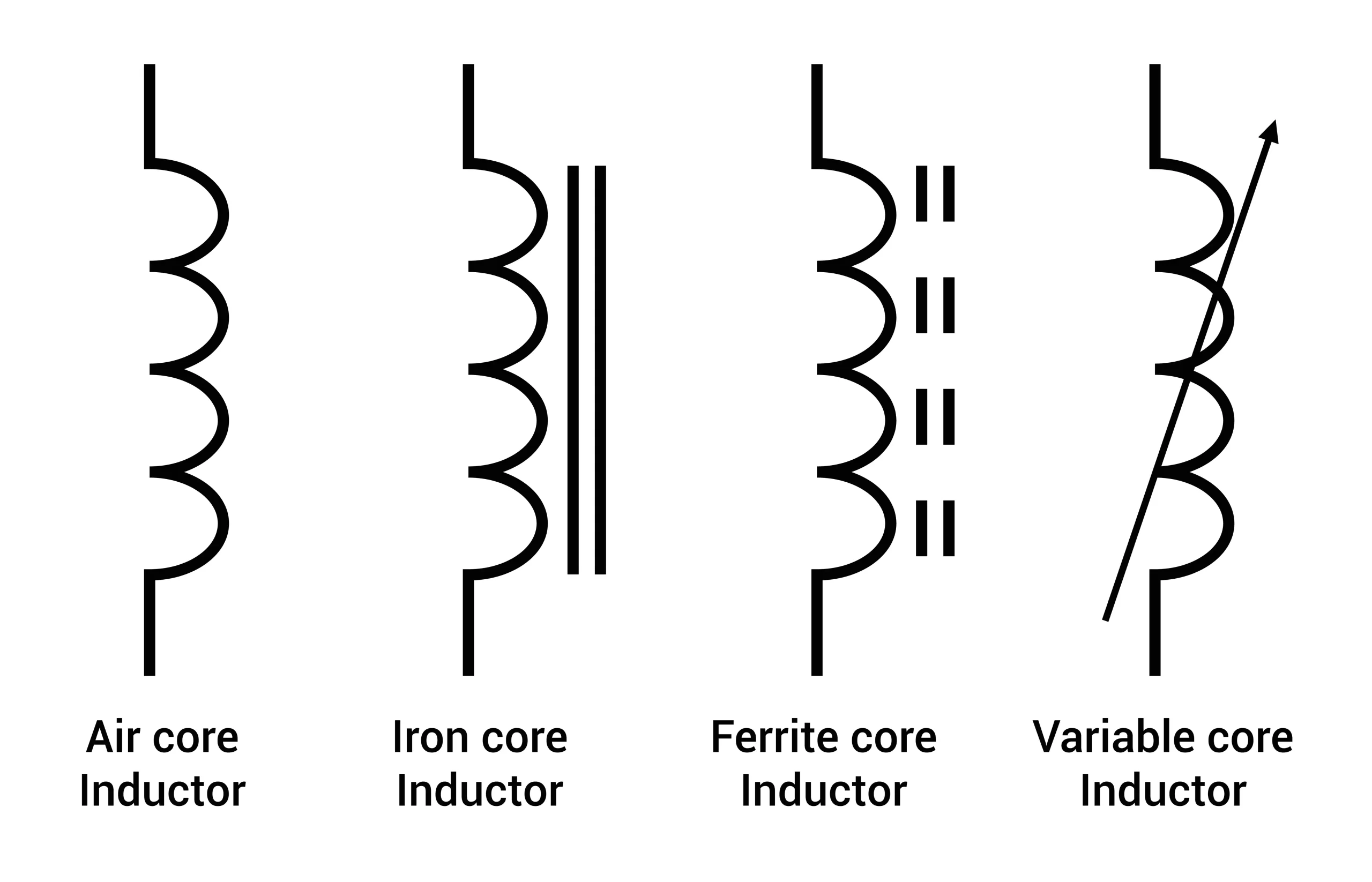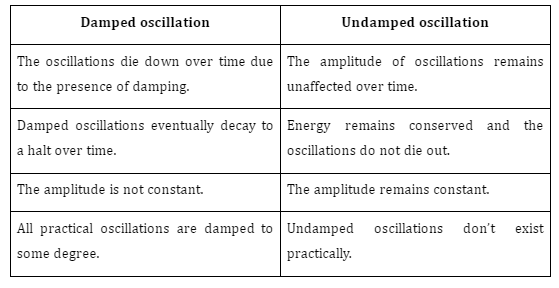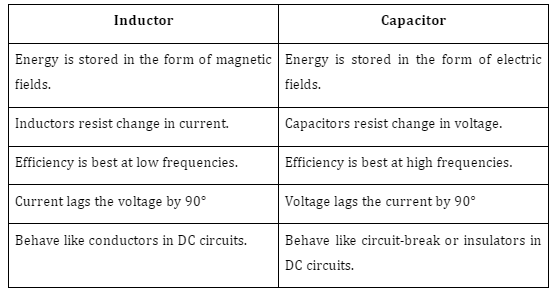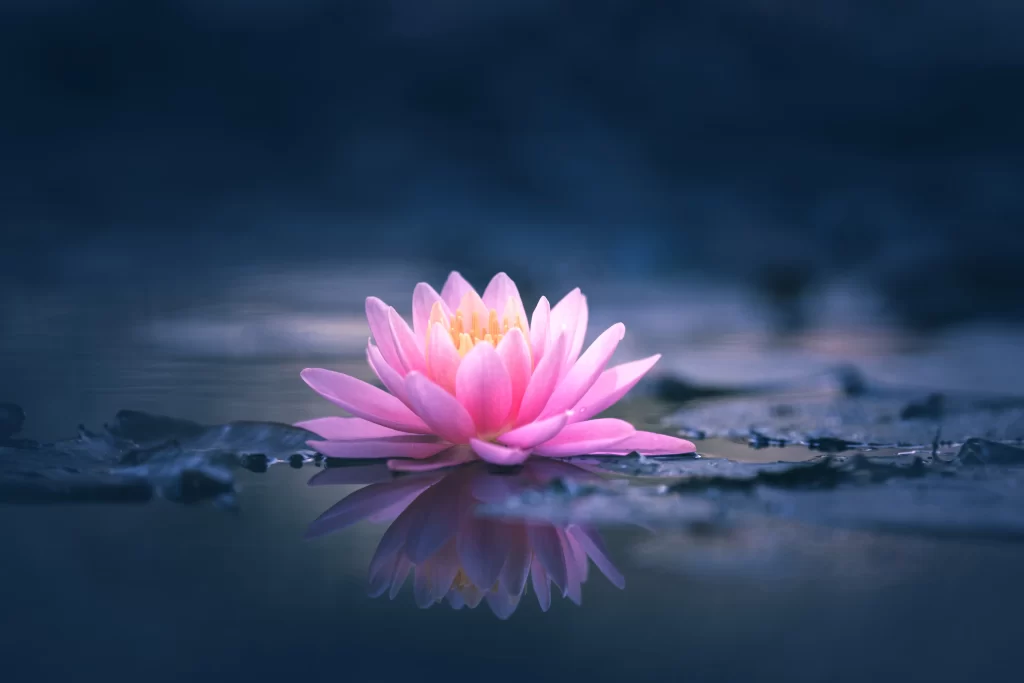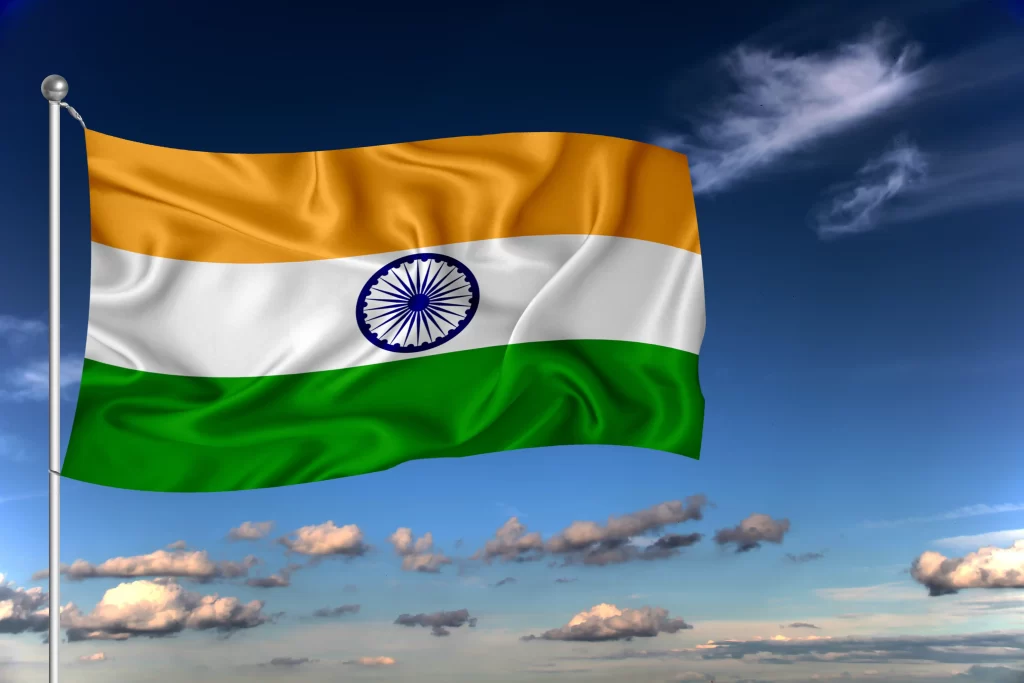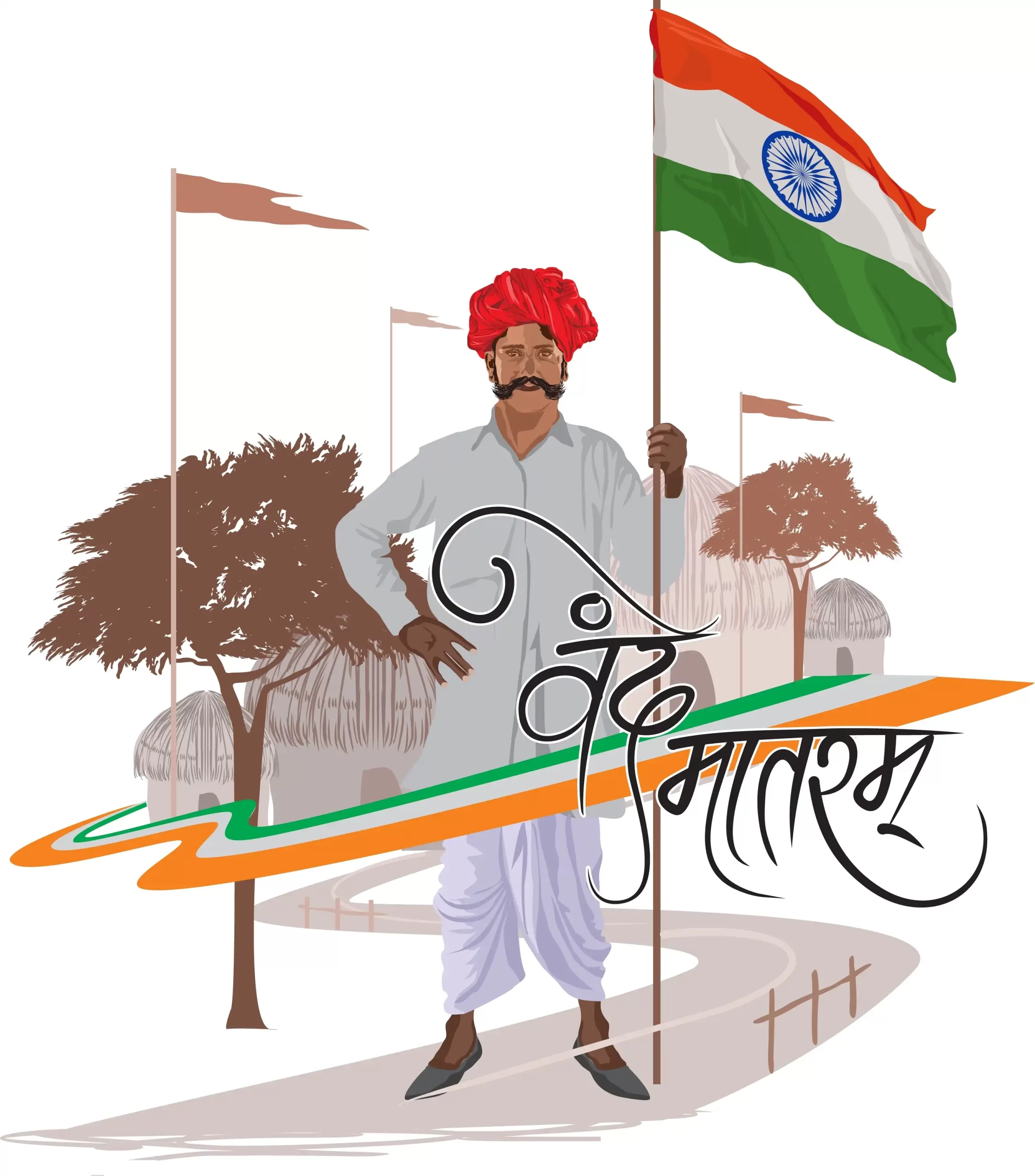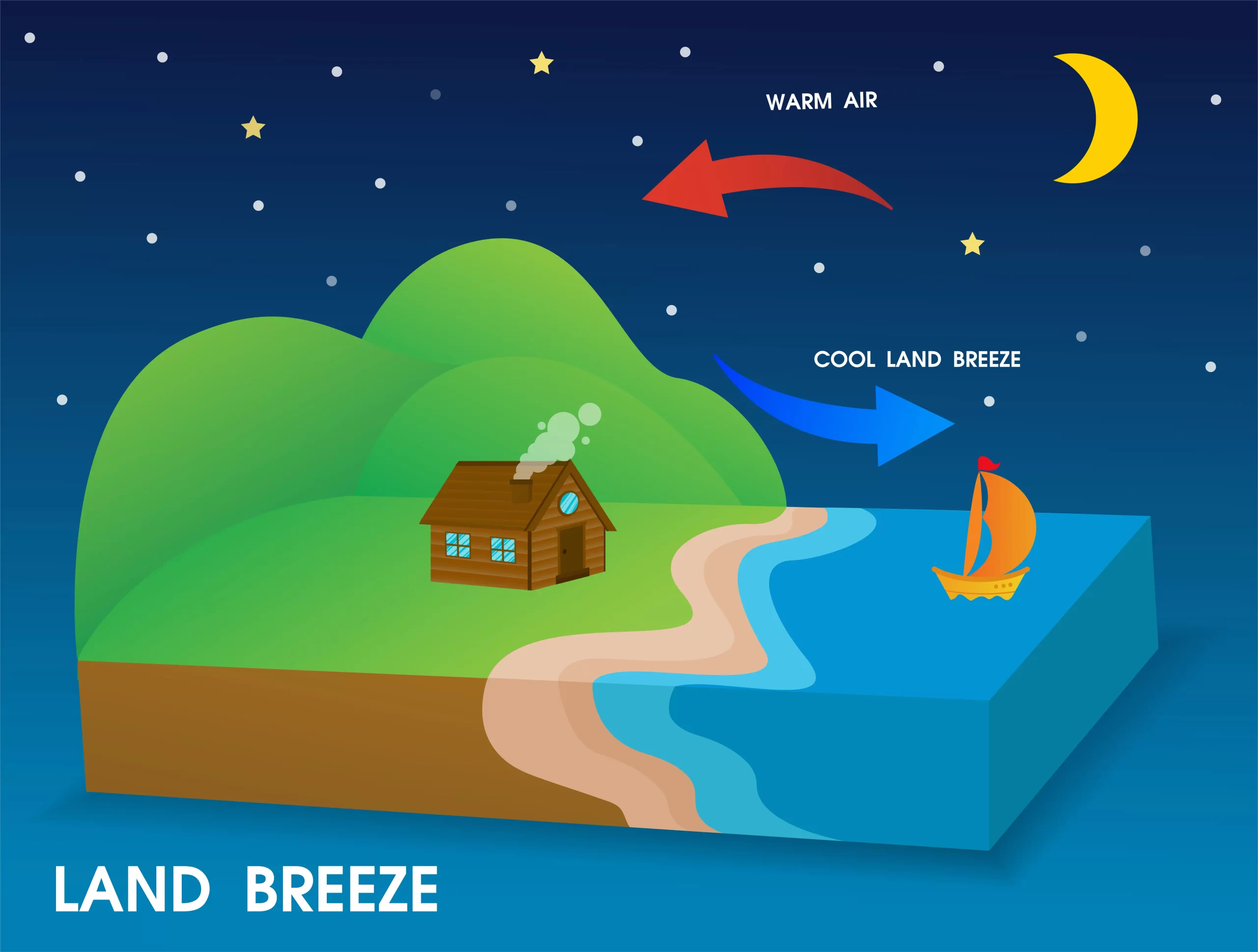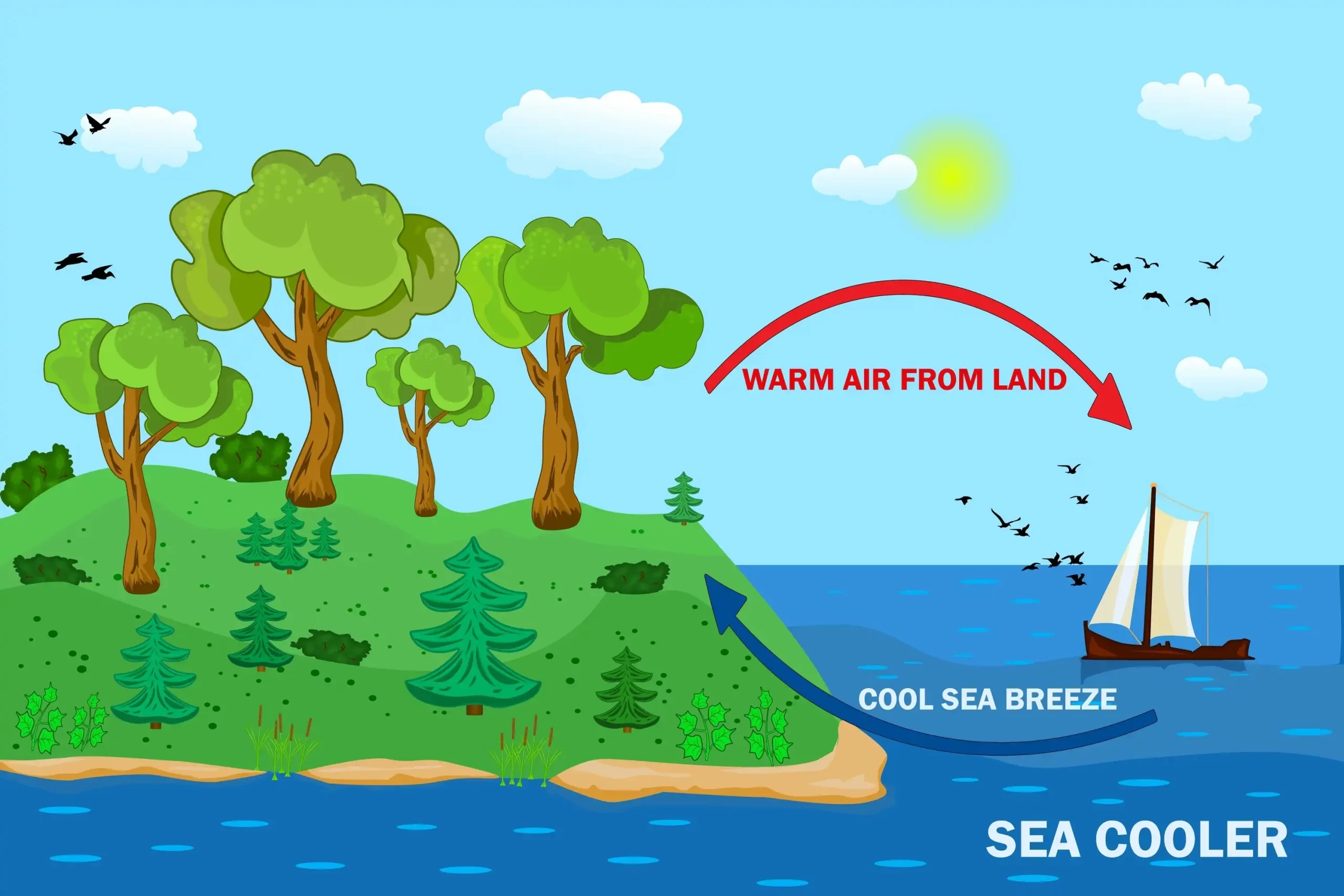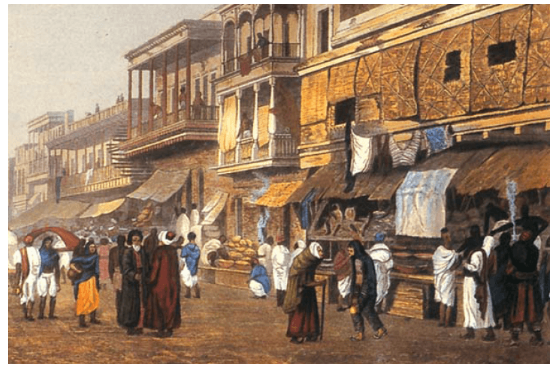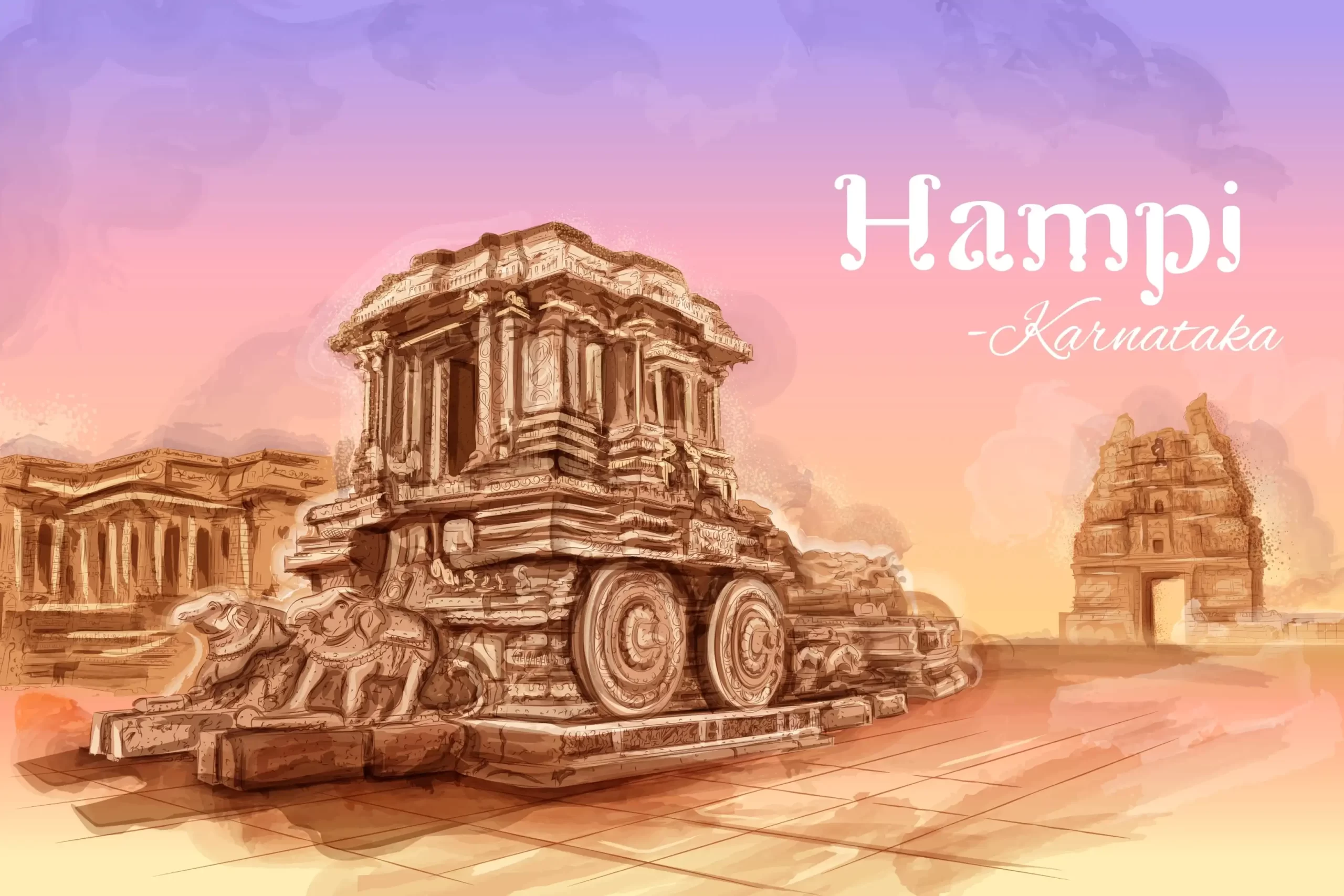Introduction
Europe entered an era of exploration during the Renaissance in the 14th and 15th century. Exploring new maritime routes was a top priority for everyone, from the kings to the regular people, due to scientific curiosity. Month-long sails were undertaken by sailors from Portugal, Spain, the Netherlands, France, and England. On these excursions, a sizable number of people lost their lives. But the success they eventually experienced helped pave the way for centuries of European dominance of the globe.
Vasco da Gama and Christopher Columbus, respectively, found the sea route connecting Europe with India and the New World. These expeditions paved the way for the two European powers to colonise these two areas in the future but latter colonization was not successful. Here, we’ll discover how and why these pathways were found, as well as their results.
Vasco da Gama and His Early Life
Portuguese sailor and explorer Vasco da Gama. His early life is just vaguely known. Even the date of his birth is debatable. Vasco da Gama was born in the 1460s in the Portuguese port city of Sines. For the Duke of Viseu, Estevao da Gama, served as a knight. Isabel Sodre, his mother and the Duke’s family were very important to her.

Vasco da Gama
About Vasco da Gama’s life, hardly much is known. Nevertheless, it is asserted that he attended school in the town of Evora, where he studied mathematics and navigation.
The Discovery of India
India was the world’s primary source of spices in the 15th century. Indian spices were imported by traders from all over the world for a variety of uses. However, the Arab traders had already created a monopoly. The proximity to India, similarities in culture, and knowledge of the monsoon all contributed to this.
Therefore, the monarchs of Europe desired a different route to India. Portugal’s King John II assigned this assignment to Vasco da Gama. By seizing French ships in Setubal and the Algarve, da Gama had already established his credentials. On July 8, 1497, he headed a fleet of four ships with 170 men in search of India. He circled Africa and India for more than 24,000 ocean kilometres. They eventually rounded Cape of Good into the Indian Ocean after enduring the clams of the Gulf of Guinea. As fate would have it, they came to Arab pilot while stopping at the Malindi port in modern-day Kenya to get supplies.
He led their fleet of ships over the ferocious southwest monsoon winds to Calicut in Kerala. They arrived at the Indian beaches on May 17, 1498. As expected upon arrival they were welcomed with extreme astonishment and suspicion by the locals. Although the natives met visitors often. But most of them are either East Asian or Arabic.
However, Vasco da Gama met the ruler of Calicut Zamorin and received his permission to trade in spices. He reached home with two ships of freight and earned over 60 times the profit. Only 55 of the 170 made it through the trek, though. The trip was a major success and afterwards the Dutch, English, and French followed the same track. It was devastating for India as the saga of Indian colonialism and exploitation began.
Christopher Columbus and his Early Life
In the city of Genoa, it is thought that Christopher Columbus was born in 1451. His mother’s name was Susanna Fontanarossa, and his father, wood weaver Domenico Colombo, was also his mother. He first worked for the wealthy Genoese families as a business agent. He began to become interested in sailing while on business trips. By that time, he reportedly travelled to England, Ireland, Portugal, and even Iceland. But as it became difficult for Europe to reach India, he looked for someone to fund his expeditions to find the routes.
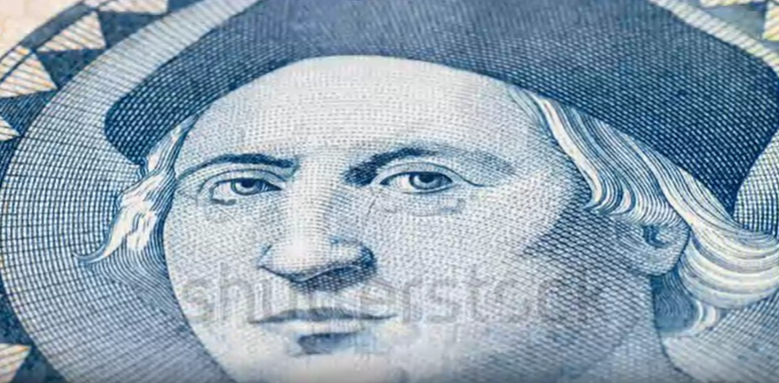
Christopher Columbus
The Accidental Discovery of the Americas
Just like Vasco da Gama and the rest of Europe Christopher Columbus was trying to reach India via sea. Unlike the rest, he did not plan on going around the Cape of Good Hope. Instead, he intended to sail west, and since the earth is spherical, he reasoned that this would bring him to India.
Ferdinand II and Isabelle I, the Catholic Monarchs of Aragon, Castile, and Leon in Spain sponsored his voyage to the west of the Atlantic. In 1492, he departed from the Spanish port of Palos. He headed a fleet of three ships named Nina, Pinta, and Santa Maria carrying 90 men. They arrived at a tiny Bahamas island. Columbus was sure that he had found the Indies. There he met the local and named them, “Indians”.
Columbus made three additional voyages, stopping in Brazil, Cuba, and other Central American countries. He was certain, though, that Japan and other parts of Asia were represented by these islands. Despite this misunderstanding, he received a great prize for his expedition and even received the Spanish government’s appointment as Governor of the Indies.
Summary
The Age of Exploration established a link between the old and new worlds. Many ways were found to escape Arab exploitation. Both the British Empire and Europe made enormous profits from these routes. The opening of the Suez Canal by the British in 1869 marked a new dramatic turning point in the marine route from Europe to India. Through the Suez, a new age of extensive trade between Asia and Europe was inaugurated. It continues to be the most cost-effective commercial route linking Asia, Africa, Australia, and Europe even 163 years after it was built.
These two sailors have contributed in an unprecedented manner. The level of financial and personal risk associated with these sails was insurmountable.
Frequently Asked Questions
Q1. Columbus voyaged to today’s USA?
Ans. Columbus was fairly close to the USA, yet he was unable to travel there. He even made it to Cuba, which to him appeared to be Japan. And the United States was not what it is today, both geographically and culturally, in the fifteenth century.
Q2.British, Portuguese, Mughals, French, and Dutch, give the arranged order of their entry into India.
Ans. Portuguese, Mughals, Dutch, British, and then French were the proper arrivals in India. All of these empires, with the exception of the Mughals, entered India under the guise of trade but ultimately colonised it.
Q3. Whose rule did the Britisher enter India under?
Ans. In 1608, during Jahangir’s reign as Mughal emperor, the British made their way to India. In 1615, he anchored off Surat and obtained a trading permit.
